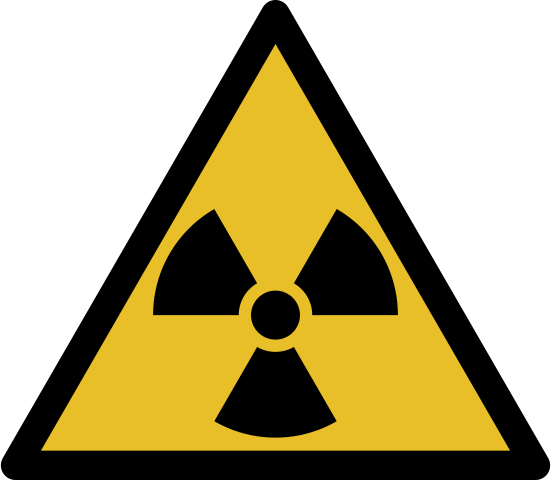
And global warming is making wildfires more frequent and intense.
By YCC Team, Yale Climate Connections (CC BY-NC-ND 2.5)
Nuclear disasters can release widespread, dangerous radioactive fallout. Research facilities and nuclear weapons tests can also leave behind varying levels of radioactive particles in soil and plants.
Christine Eriksen of ETH Zürich warns that at some sites, wildfires could later release those particles into the air.
“Locally, in the area of the fire and where the smoke travels to, the particles will travel with that,” Eriksen says.
She says global warming and changing land use are increasing the threat of wildfires near many nuclear sites.
“We’re seeing more wildfires in areas that are either bordering onto or actually are contaminated areas,” she says.
That includes land near Los Alamos National Lab in New Mexico and other sites around the world.
She says some of these areas have a lot of vegetation ready to burn because it’s dangerous to work in contaminated areas cutting grass or trimming trees.
Eriksen says more research is needed to understand how much radioactive material is released during fires, how far it travels, and how best to protect those who are exposed to the smoke, so a nuclear event of the past will not endanger more people in the future.
Reporting credit: Sarah Kennedy/ChavoBart Digital Media
